Historic Filipinotown’s unofficial community centre

Rubal Singh, the face of Hope’s Liquor, stands behind the counter.
(Lexis-Olivier Ray / For The Times)
There’s a soft but consistent hum inside of Hope’s Liquor in Filipinotown that never stops. It comes from the more than two dozen refrigerators that remain on 24/7. In August, those refrigerators are moist with condensation and stocked with cases of Modelos and hard seltzers. Rows of hydrating drinks like coconut water and Electrolit. And piles of bags of ice.
On one relatively quiet Friday night in August, I stood in the corner of the store near the registers, while Rubal Singh, the store owner, restocked shelves behind the counter and took customers. Although it wasn’t as busy as it usually is on a weekend night, Singh rarely had time to talk for more than a few minutes before he was interrupted by the sound of the bell, notifying him another customer walked through the door. But after owning the store for a decade and half, it’s more than just customers coming in, it’s people whom Singh has gotten to know well.
Hope’s Liquor, on the corner of Beverly Boulevard and Alvarado Street, is a place to buy booze and junk food, but at its core it’s also an unofficial community center for a neighborhood that lacks resources.
It’s a place where rival gang members can put their differences aside and be friends. A place where newer residents of the neighborhood (like me) get to know people who have lived here their whole lives. A place where people of all economic levels can shop; from the unhoused resident who comes in for a drink or to buy a scratch-off, to the customer who spends hundreds of dollars at the store in one visit. And if you ever want to know what’s going on in the neighborhood, it’s a good place to start.
Over the course of several nights and a couple of afternoons, I hung out with Singh and shot portraits of his inner circle.
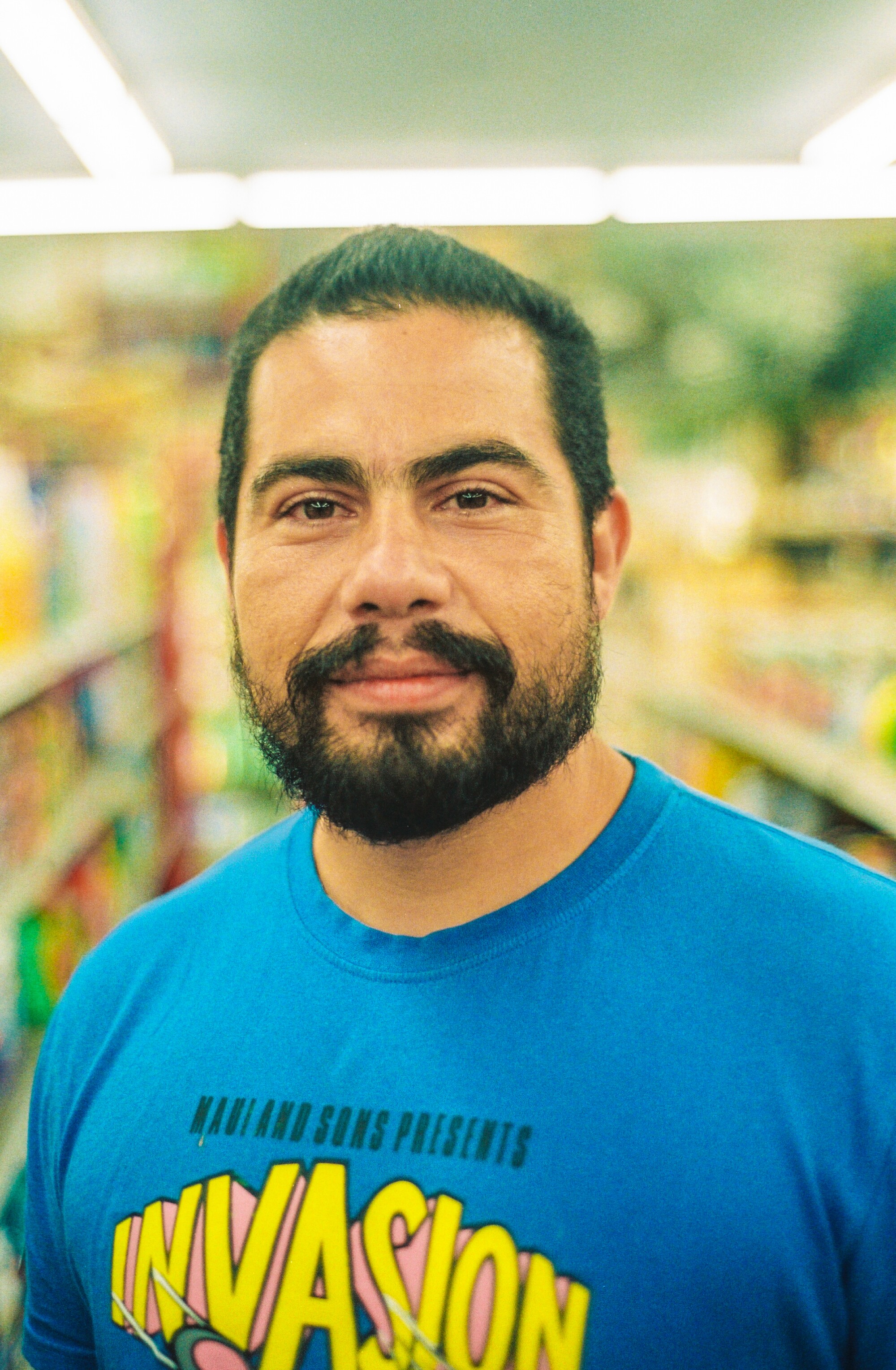
“Everybody feels comfortable here because they can say what they want,” Roger shared at Hope’s. “There’s no filter here.”
(Lexis-Olivier Ray / For The Times)
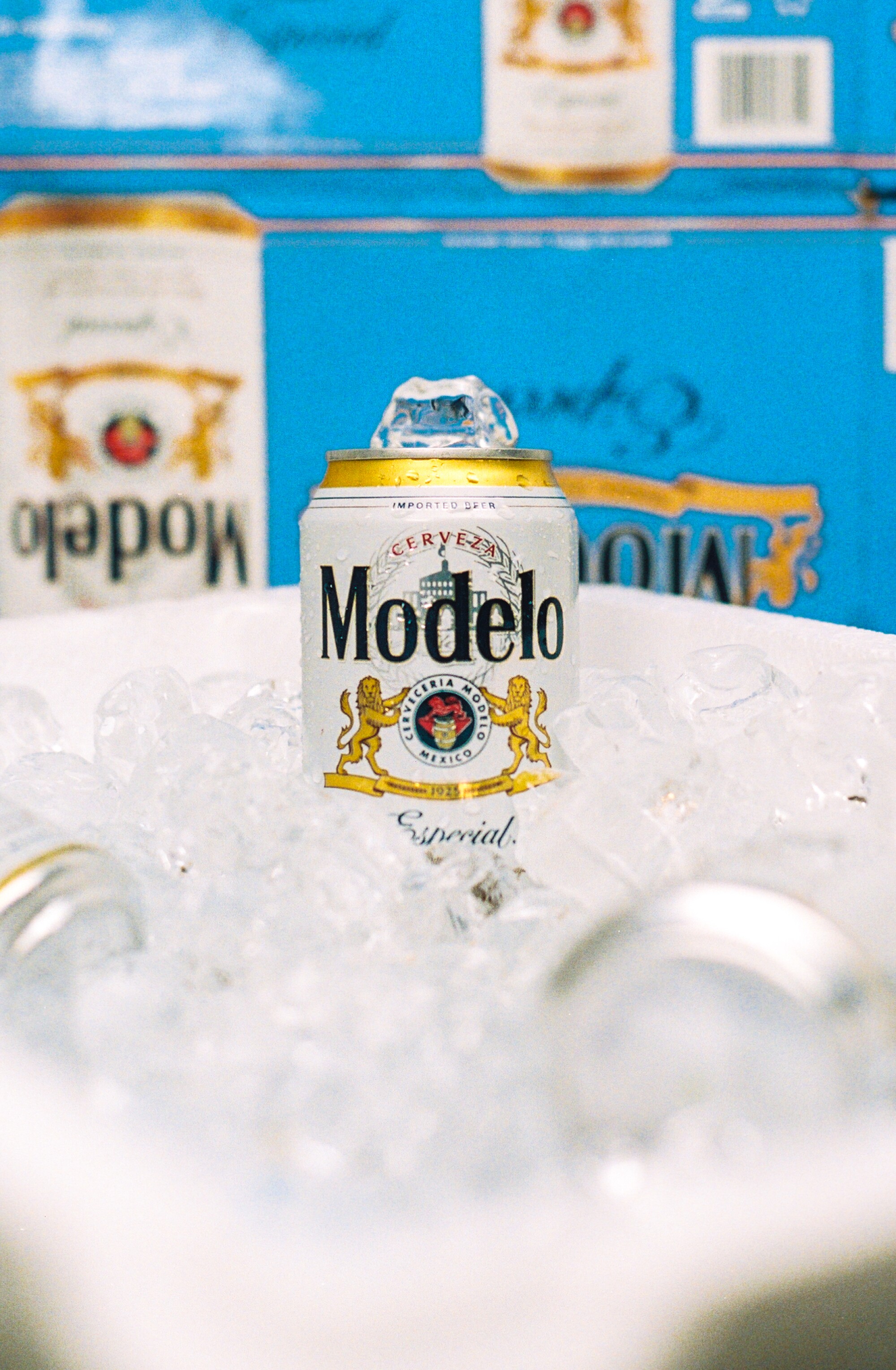
During the summer beer sells well, compared to hard alcohol in winter. And no beer is more popular than Modelo.
(Lexis-Olivier Ray / For The Times)
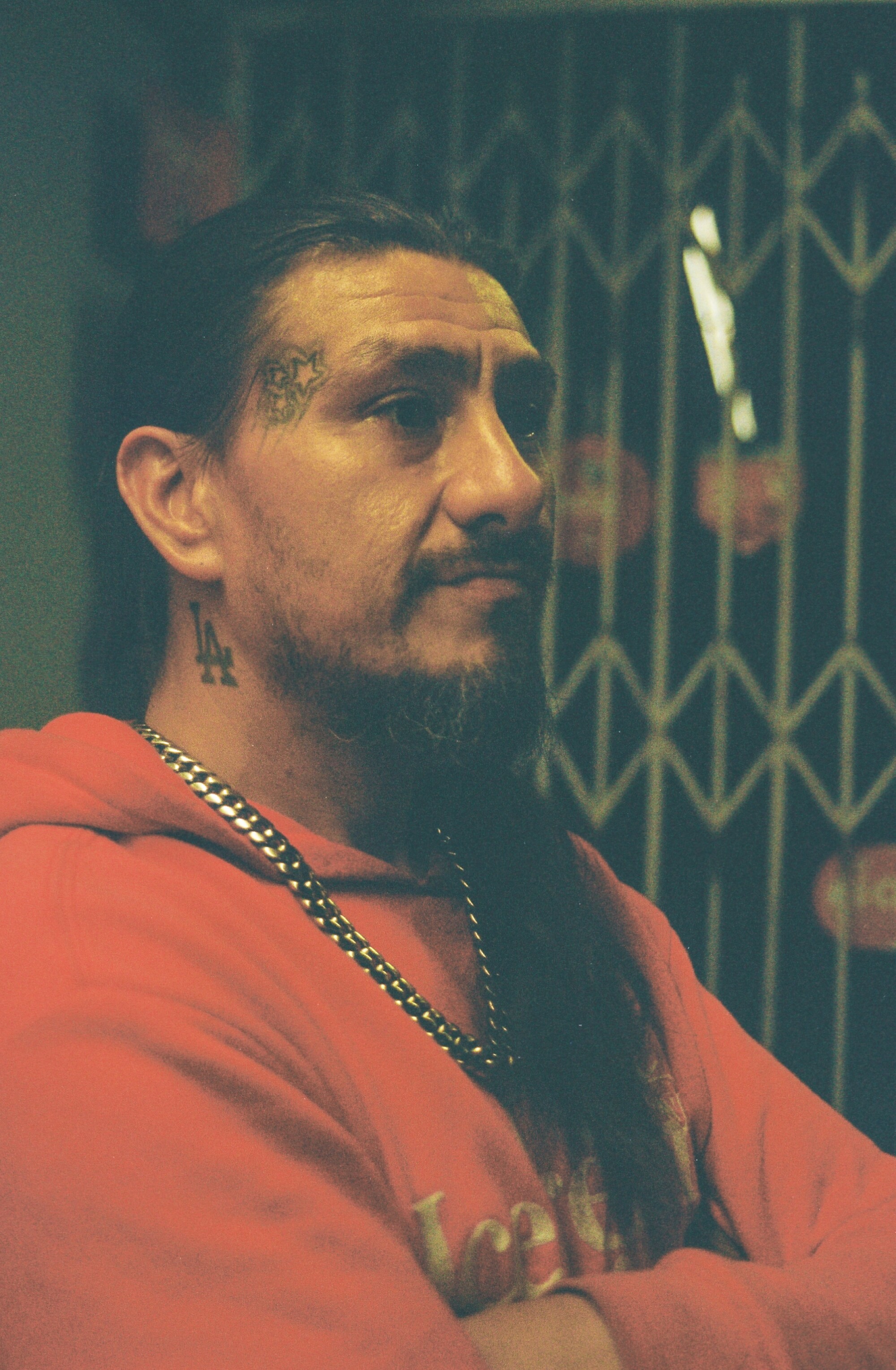
Juan Alberto Flores has lived in the neighborhood all his life. He makes sure everything is “rolling smooth.”
(Lexis-Olivier Ray / For The Times)
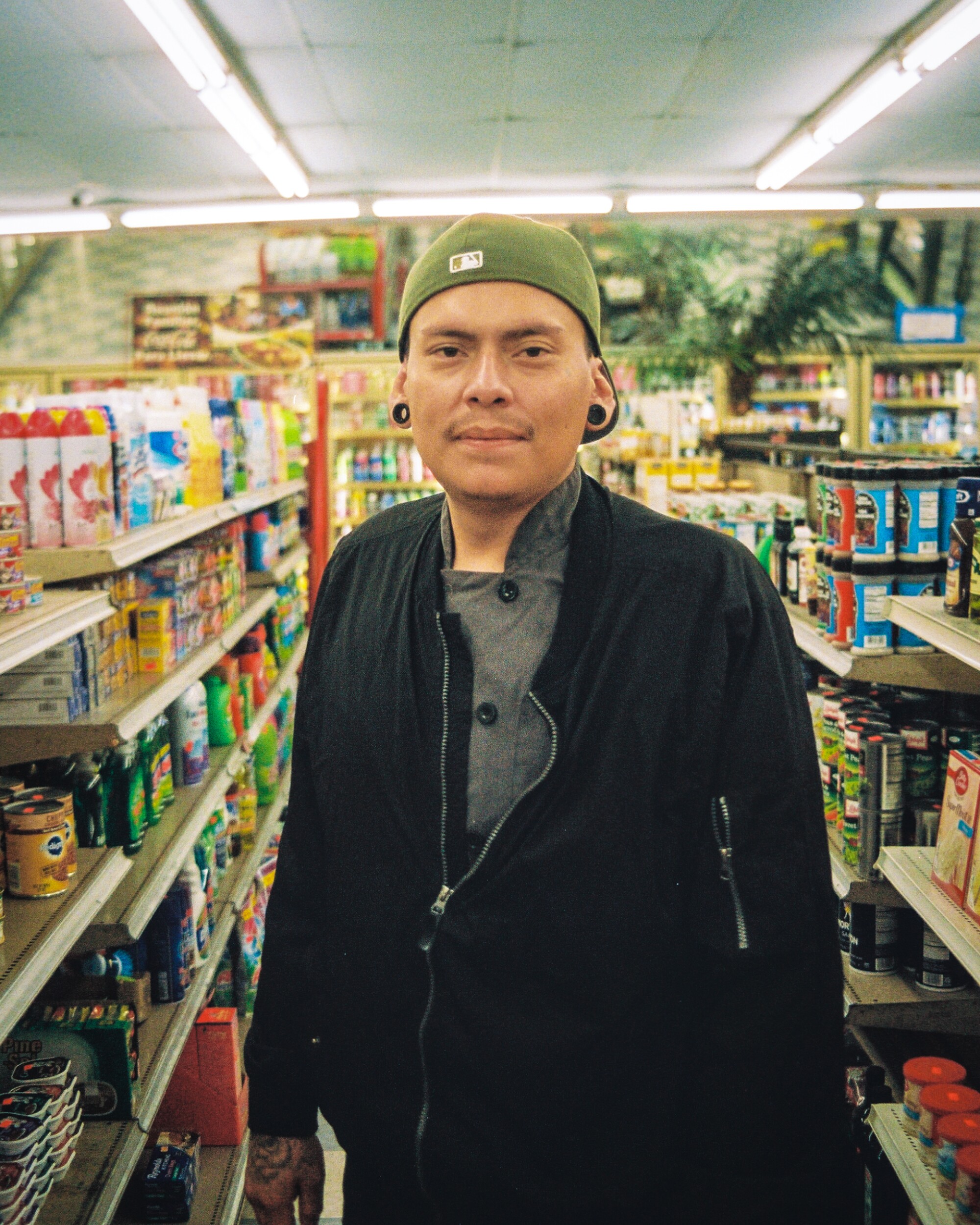
Chris is a chef that works with celebrities and usually comes in after a long shift.
(Lexis-Olivier Ray / For The Times)
“The store is what the name is … hope,” said Bob “Sugar Bear” Jackson, a local resident in his 60s known for inventing the Crip Walk. Sugar Bear says he grew up in the neighborhood and spent three years working at Hope’s. He praises the family that manages the store for offering people like him “guidance” and employment opportunities.
Singh and his family took over the store in 2007, one year before the recession, but he already had ties to the neighborhood, having gone to school in neighboring Los Feliz. Rub might be the face of Hope’s Liquor but he credits his mom for holding things down behind the scenes. Together with his uncle they divide most of the hours at the store.
Singh reluctantly dropped out of med school to help his family with the store during the first few challenging years of the recession. “But I love [working at the store] now,” he says. He doesn’t envy the people who stayed on the path that he was on. Singh arrived not knowing how to speak Spanish but in a few years learned enough of the language to communicate with his Latino customers.
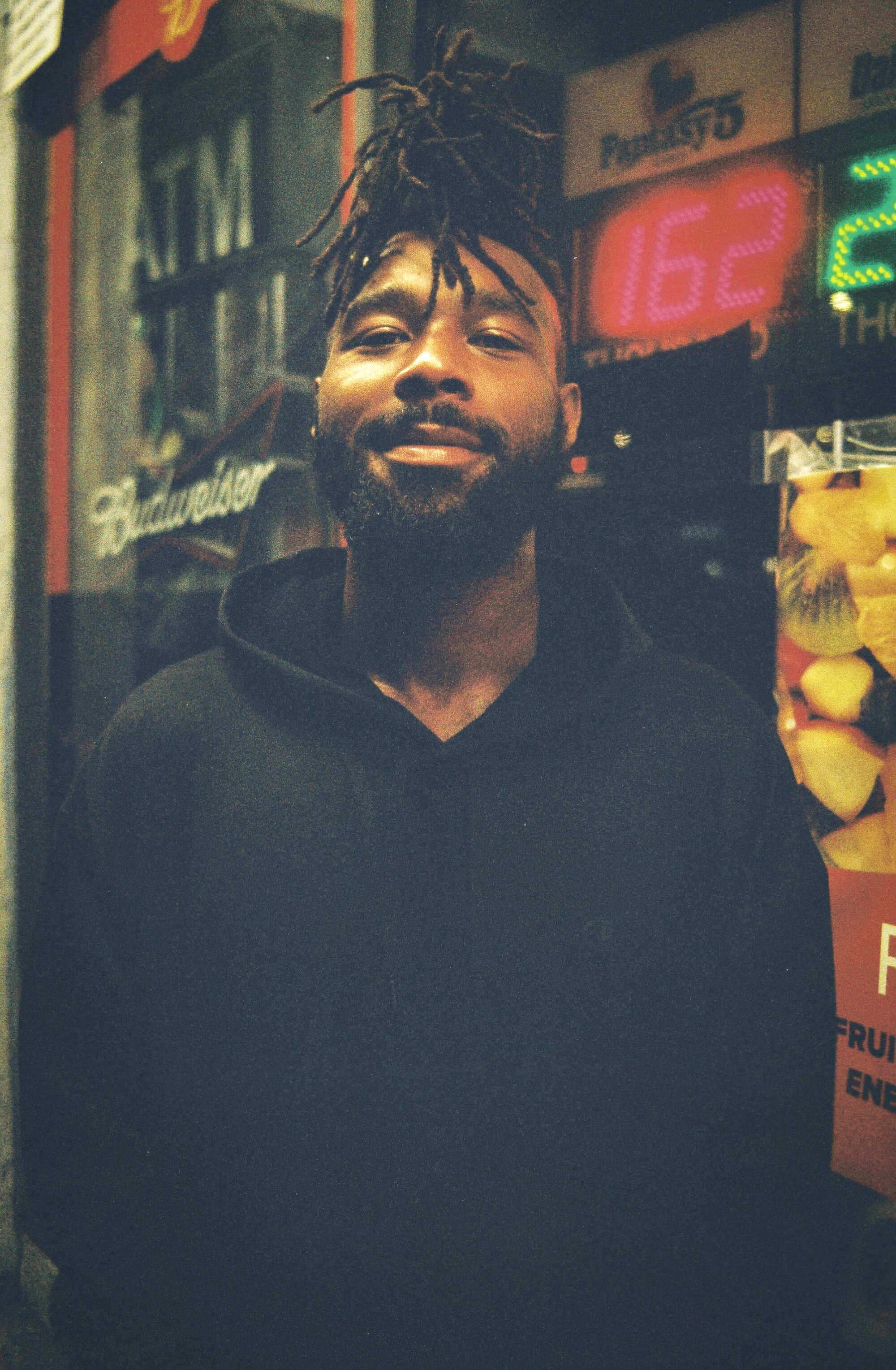
Tyrone, a newer resident in Filipinotown who’s made Hope’s Liquor store a regular stop.
(Lexis-Olivier Ray / For The Times)
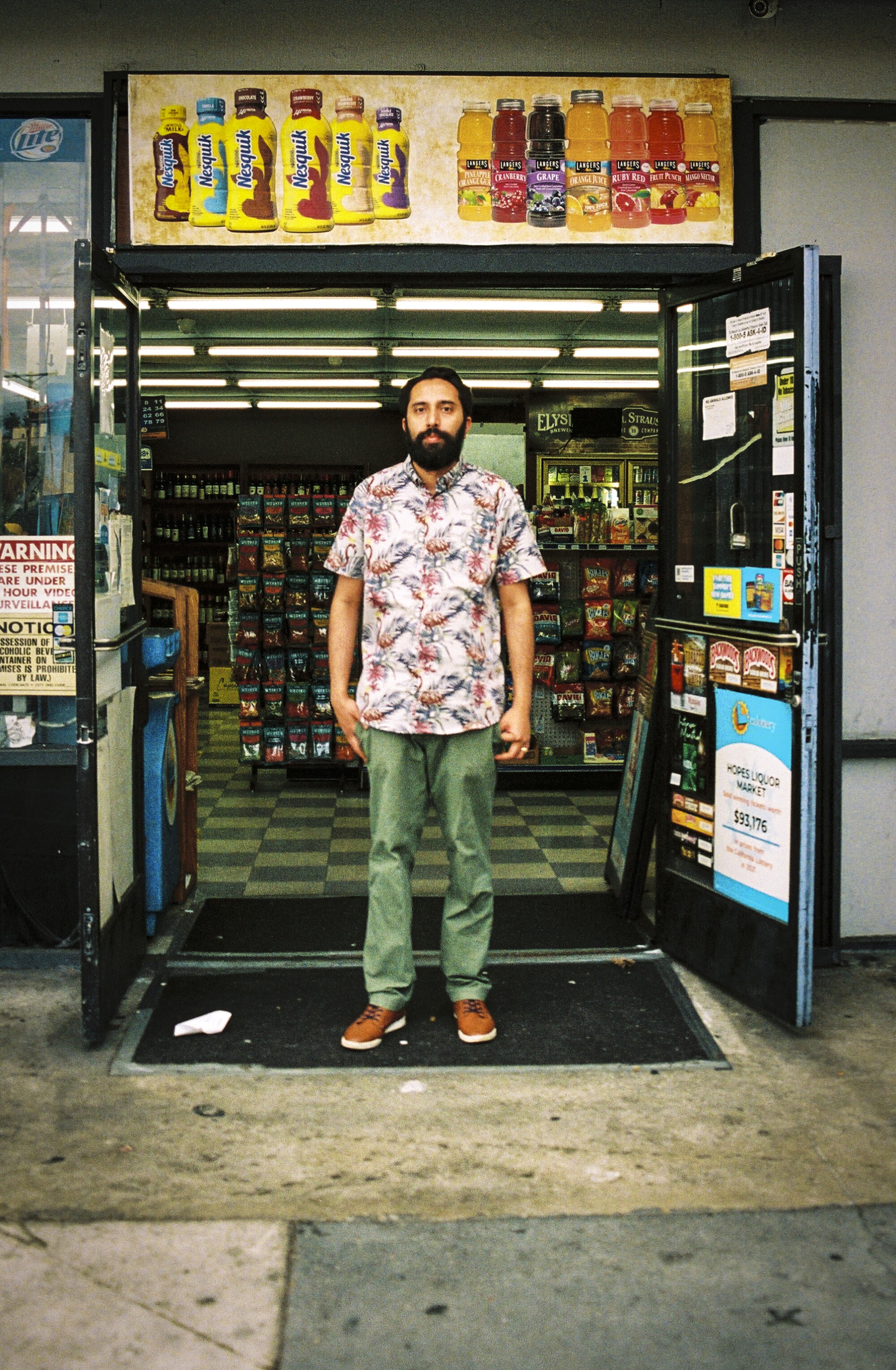
“It’s like everyone knows each other … like six degrees of separation vibes,” said Singh about the store.
(Lexis-Olivier Ray / For The Times)
“It’s like a web of community,” said Singh one July evening. “It’s like everyone knows each other … like six degrees of separation vibes.” That translates to getting to know entire families and watching kids turn into adults. People falling down and picking themselves back up. Losing members of the community. And watching countless people move out of the neighborhood. During one shift in August, a woman and her 2-year-old son came in to grab a few things. “I’m moving away … you won’t see us anymore,” the mother revealed. “We’ll still try and come by though.” Singh exchanged fist bumps with her son before they left.
The great American poet, author and notorious drinker Charles Bukowski once advised that you should switch up liquor stores frequently, so the clerks don’t catch onto your habits, but I disagree. Stick with one.
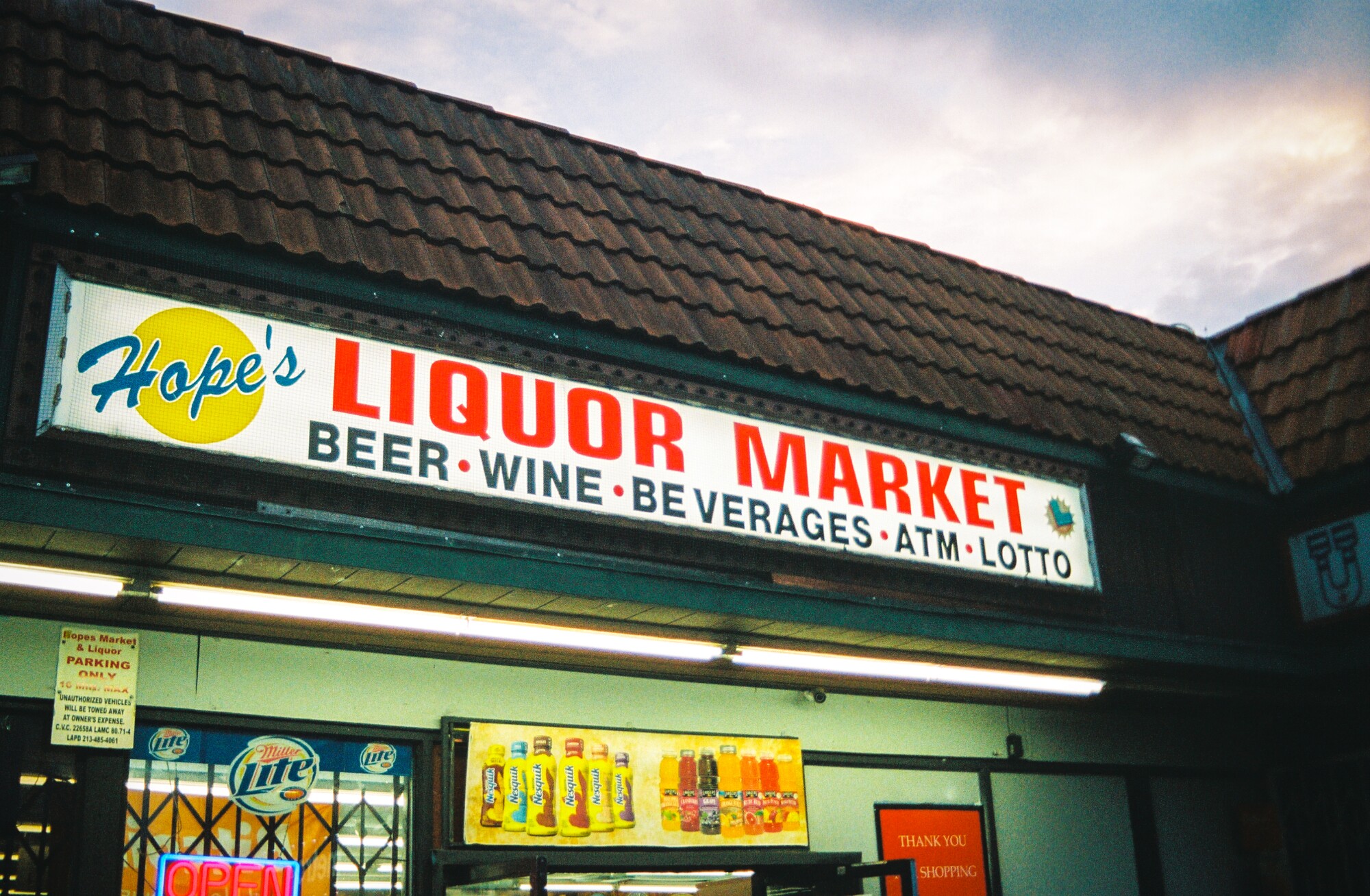
In Historic Filipinotown, Hope’s Liquor is an unofficial community center.
(Lexis-Olivier Ray / For The Times)




